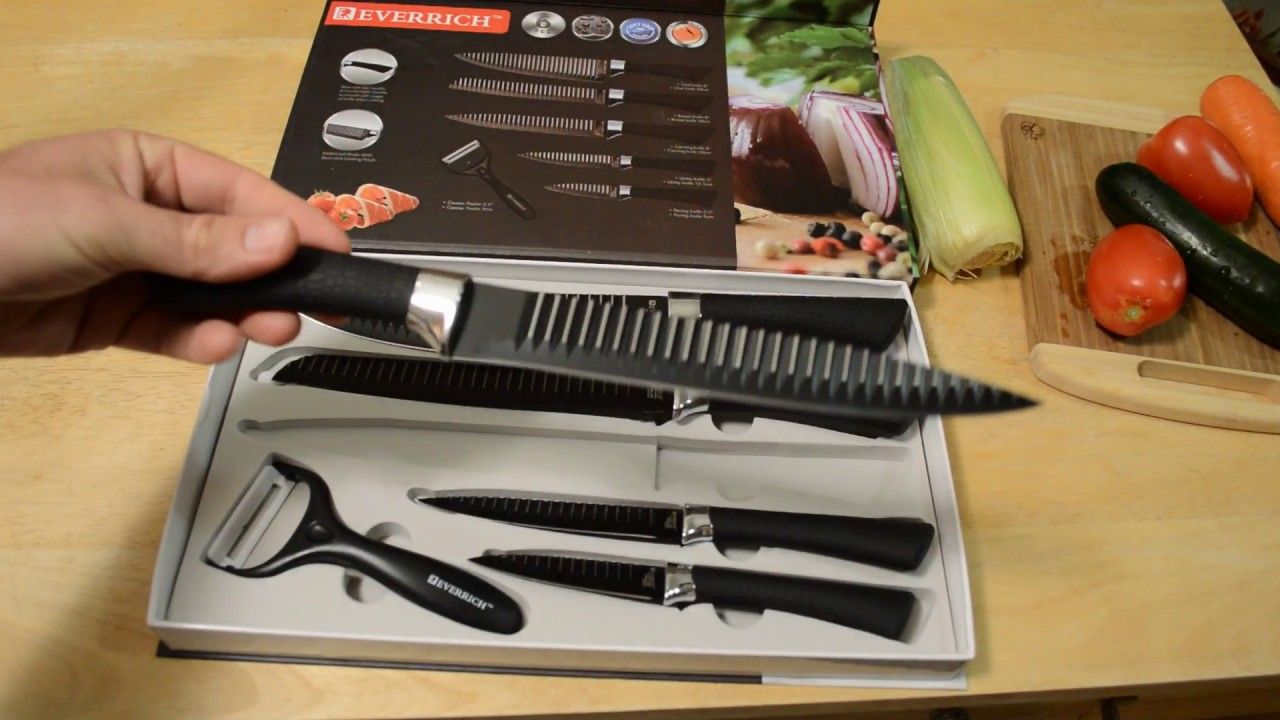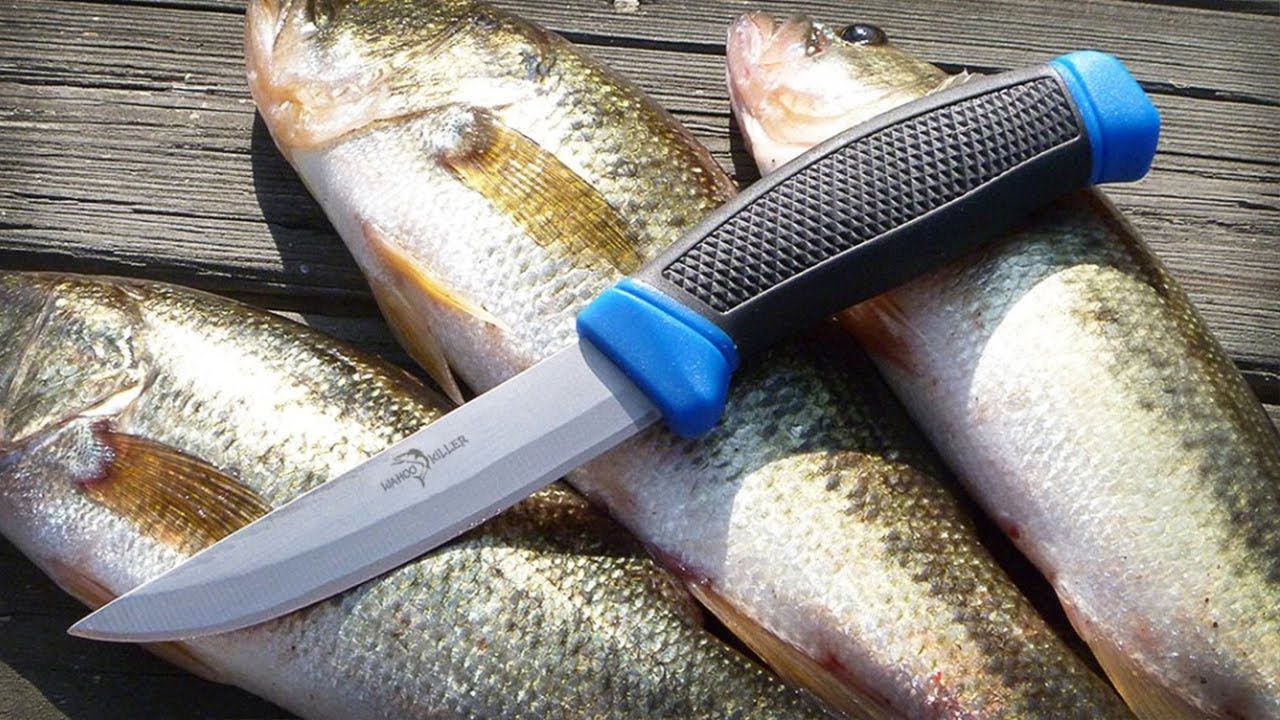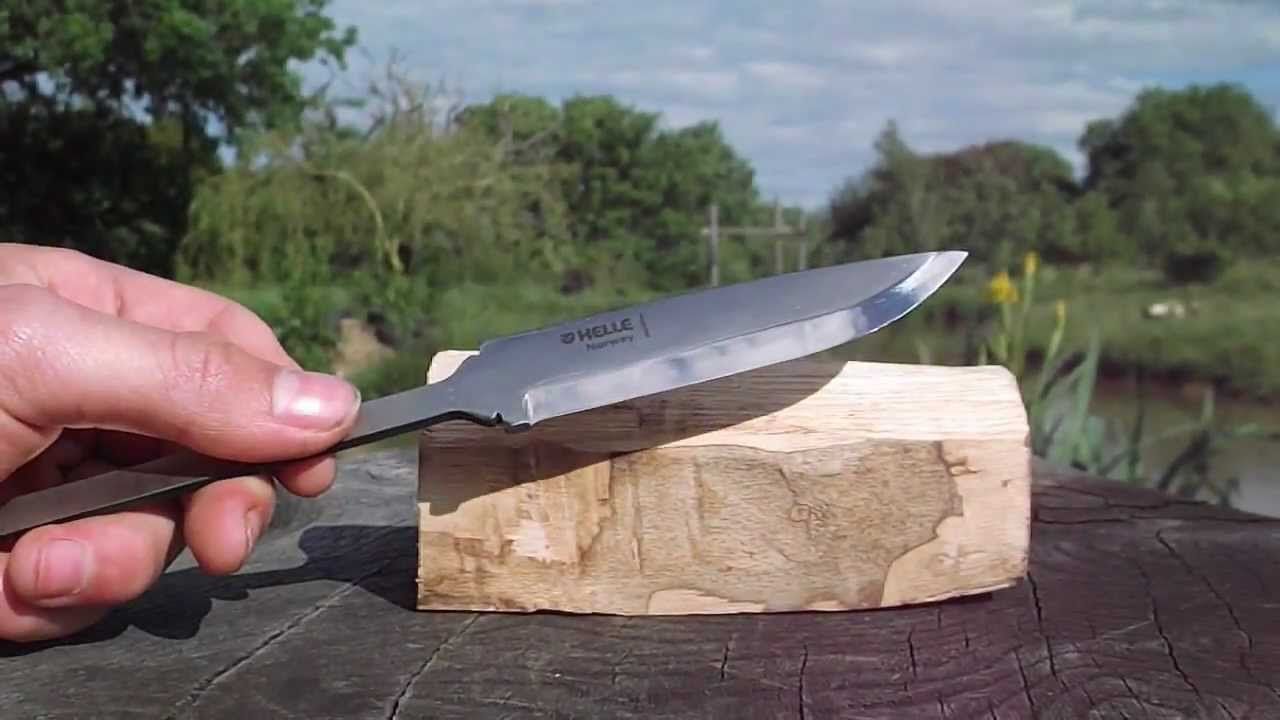How to Choose a Good Fishing Knife
A fine fishing knife is a must-have item for every person that’s into fishing. If you want to approach this activity professionally, you need equipment on which you can rely. There are countless different fishing knives available for you to buy. Each has its own pros and cons. Here’s what you need to take into consideration before making a final choice.
Not All Blades are Made Equal

The blade is the most important thing in a knife. The blade dictates how sharp and functional a knife will be. A high-quality blade makes for a knife that can stand the test of time and one that remains sharp regardless of how frequently you use it. When fishing knives are in question, you need to look for a blade that’s water-resistant and corrosion-resistant as well.
Stainless steel is the best option for fillet fishing knives. It can be either basic or coated. Stainless steel is made out of iron and carbon. It is known to be temperature and corrosion-resistant. This one counts for one of the strongest materials that at the same time doesn’t cost a lot. It is easy to work with and can be recycled as well.
Slightly better than basic stainless steel is one coated with titanium. What is titanium coated stainless steel? Titanium coated fillet fishing knives are constructed out of thick layers of stainless steel and a final thin titanium layer. Titanium enhances the corrosion-resisting feature and makes for knives of superior quality. It is much more expensive than the other materials but it’s worth the money.
Black coated knives are those with a blade covered in black oxide solution. This is a chemical that sticks to steel and improves the quality of the blade. Black coated blades are stronger, much more resistant to rust and aesthetically pleasing.
Apart from choosing the right material, you also need to get the size and shape right. You can get a fishing fillet knife with a smaller blade and a blunt tip. This one is convenient for fish prepping or making quick fixes. Opposite of that, you can get a long, thin and pointy knife for filleting. If you want a multifunctional boning knife then you should get one that has an integrated hook or one with one side sharp and the other serrated for easy scale removal.
The blade of the fillet fishing knife can either be static or one you can retract. Retractable knives are considered to be more convenient and safer to carry around. The chances of you getting accidentally hurt are much smaller when a retractable knife is in question. You can safely store it every time you don’t need to use it. The mobility of the blade doesn’t interfere with its quality. It just improves the functionality.

Pick a Knife with a Good Handle
The quality of the blade won’t do much for you if you’re unable to actually use the knife. If it doesn’t feel right when you’re holding it. If the handle is too big or too small. Picking a knife with a good handle is equally important as choosing a fishing knife with a good blade.
What is the preferred material for knife handles? The most commonly used materials for the creation of handles are stainless steel, carbon fibre, wood and leather. If you like how 100% stainless steel fillet fishing knives look and feel, you can get a one-piece construction knife with an integrated finger ring at the end. This knife is super easy to carry around and cut with, even when your hands are wet or cold.
Carbon fibre is a strong but lightweight material. It is known as a material that’s stronger and stiffer than steel. Is carbon fibre good for knife handles? It is the best material for a knife handle. It doesn’t add additional weight to the knife, it feels comfortable to hold and has a very cool design. If you’re on the hunt for an eye-catching knife don’t hesitate to get one with a carbon fibre handle.
Wooden knife handles are classic and can be customized according to your needs. Wood is among the very first materials used in the making of knife handles. People didn’t always have cutting edge technology and materials such as carbon fibre. Nevertheless, hardwood makes for impressive and durable handles. Knives with such handles are long-lasting and appealing. Usually, knife scales are made out of walnut, oak, olive wood or African blackwood. They are all equally strong. What makes them different from one another are the textures and colours. Wooden knives have a good grip and are very easy to work with.

Leather is yet another classic. It makes for incredibly comfortable handles. Unlike the other materials, leather is soft. It can be combined with metal and wood. It usually acts as a cover on top. For instance, you can get a 100% stainless steel knife with a handle covered with leather. Or you can get the wood/leather combination.
Make Sure You’re Comfortable with the Weight of the Knife
The weight of the knife is important because it can have an impact on the way you use it. Some people prefer working with a lighter knife while others like heavier knives and that’s okay. It doesn’t matter what you’ll choose as long as you’re comfortable with it.
Heavier knives allow you to be more in control and are less likely to slip from your hand while you’re working. They are best for cutting something to pieces. Lightweight knives on the other hand are more versatile and you can do a lot with them from chopping to skinning the fish and cleaning it. When you think about it, it is better if you get a single knife that you can use in countless ways than getting a separate knife for different things. From this point of view, lightweight knives are better. But again, it is up to you to decide what will work best.


